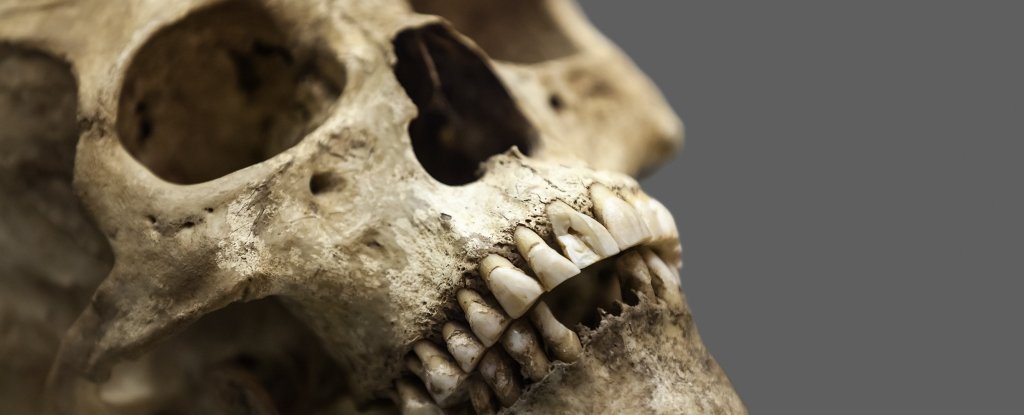Evidence of Hepatitis B has been found in human DNA dating back to the Bronze Age, around 4,500 years ago. We now have proof that it infected humans broadly across Eurasia for millennia, pushing back the earliest evidence we have by thousands of years.
Previously, the earliest evidence of Hepatitis B was just 450 years old – and its discovery in a mummified medieval Italian child was only announced earlier this year.
A team led by geneticist Eske Willerslev from the University of Copenhagen and the University of Cambridge analysed the genomes of 304 individuals who lived between 7,000 and 200 years ago.
They found evidence of Hepatitis B infection in 25 of those individuals.
“We have screened what we normally call the ‘waste product’,” Willerslev explained in a press briefing.
“After we sequence the genomes – we do it by shotgun sequencing – the vast majority of the DNA we’re getting out is actually non-human. And originally this was nothing we paid much attention to, it was just expensive and kind of a waste product, but now we’ve started investigating this waste product for possible pathogens.”
Using this technique didn’t just yield up Hepatitis B, but a possible migration route for the devastating Plague of Justinian in the 6th century – showing a strong likelihood that it originated in Mongolia.
Led by Willerslev, two teams conducted separate studies. The first sequenced the genomes of 137 humans from the Eurasian steppes, to trace the transition from a European pastoral population in the Bronze Age, to a mixed Scythian nomad, European and Siberian population in the Iron Age, to the primarily East Asian warriors that dominated under the rule of Genghis Khan.
It also found the basal roots of the Plague of Justinian in the Scythian nomad and eastern steppe Xiongnu nomad groups, which combined in the 4th and 5th centuries to form the Hun traditions.
The second study used the DNA sequences from the first study, and those from another 167 individuals that had already been sequenced, to search for the history of Hepatitis B, a liver infection that the CDC estimated kills 786,000 people around the world every year.
They recovered 12 full or partial Hepatitis B genomes, including extinct ones, and compared them to contemporary human and non-human primate Hepatitis B genomes to see how the virus has changed over the millennia.
“It’s still a problem even today, and there’s been a lot of discussion about mutation rates of this virus,” Willerslev said.
“Also I think one of the implications of this study is that it provides a catalogue of possible mutations that this virus has had and we know have been viable in the past, and some of these mutations could come back.”
It also helps fill in some of the gaps, revealing complexities in the evolution of Hepatitis B that cannot be inferred based on contemporary strains alone. By studying other factors at play during this time, researchers may be able to determine how factors such as environment, migration, even medical knowledge of the time could have impacted that evolution.
This, in turn, may help predict how the virus could mutate going forward.
More DNA samples sequenced in the future also may help provide a clearer picture – although DNA from ancient remains isn’t always easy to obtain, as it often degrades with time.
The team obtained the DNA sequenced in the first paper from tooth cementum and the petrous part of the temporal bone – some of the densest bones in the human body, and therefore more likely to protect the DNA inside.
“To our knowledge, we report the oldest exogenous viral sequences recovered from DNA of humans or any vertebrate, and show that it is possible to recover viral sequences from samples of this age,” the researchers wrote in their paper.
“We show that humans throughout Eurasia were widely infected with HBV for thousands of years. Despite the age of the samples and the imperfect diagnostic test, our dataset contained a high proportion of HBV positive individuals.
“The actual ancient prevalence during the Bronze Age and thereafter might have been higher, reaching or exceeding the prevalence typically found in contemporary indigenous populations.”




